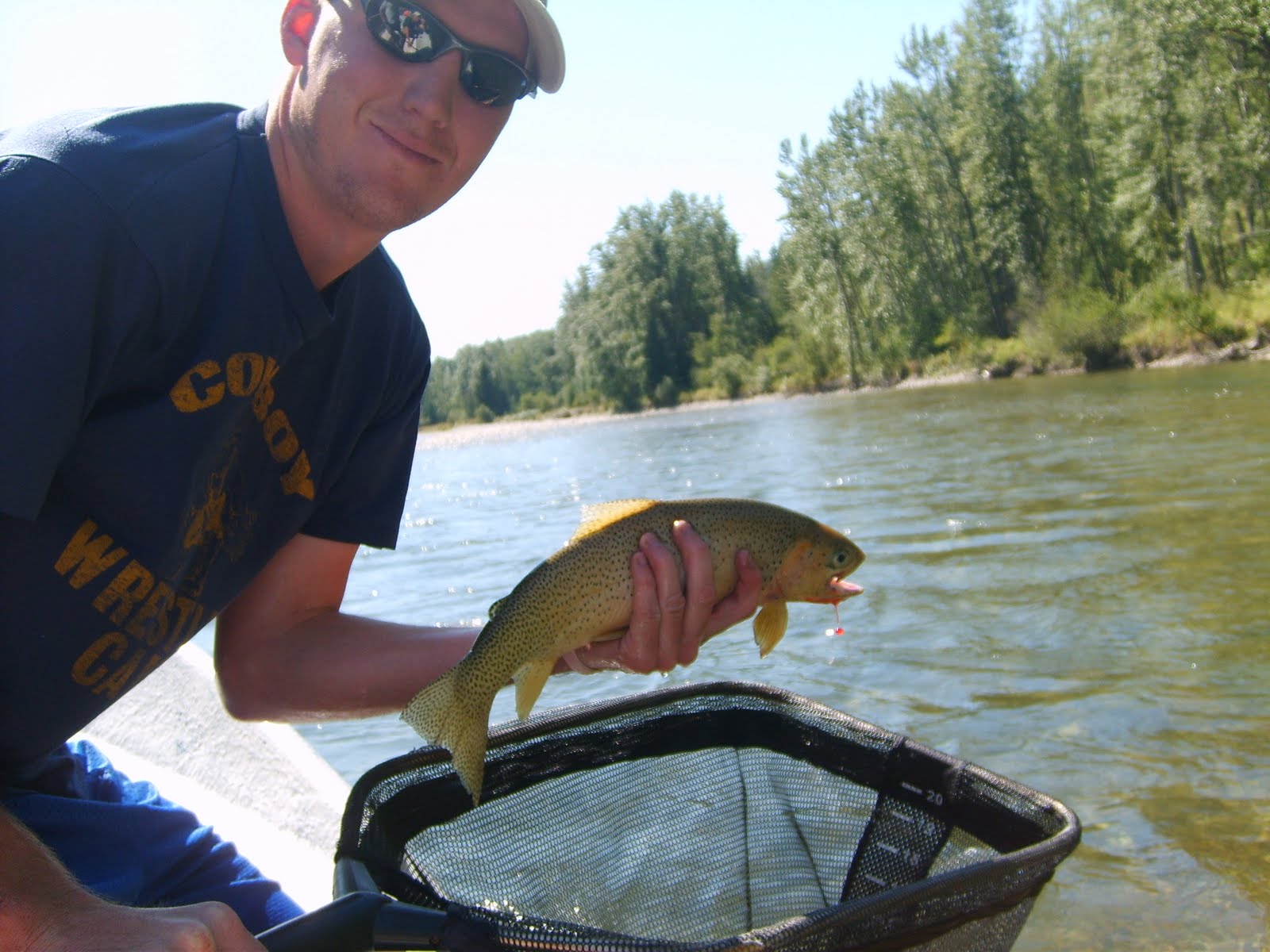Statement of the problem:
We have been talking in class about how to arrange atoms in Lewis Structures. Many people just disregard the electron pairs because they think they don't amount to anything. I think this is bogus. But with that in mind we searched for the real answer, How are molecular shapes determined?
Hypothesis:
We predict that unbonded pairs of electrons determine the shape of the molecule.
Materials:
- Molecular Model kit
- Polarity and Molecular Shape LAB Worksheet
- 6-3 worksheet
- We built a model out of the molecules listed on the data table on the back of the Polarity and Molecular Shape LAB Worksheet. (CH4, BF3, C3H8, H2O, Si2H6, HF, CH3NH2, H2O2, N2, SeF4, C2H4, SiH2O, IF3, SF6, CO2, and SO3(-2))
- Next, we drew all the lewis structures of the molecules.
- Then, after we wrote down the structure the molecule was.
- Next, we stated the bonds and if it was polar or non-polar
- Explain how water's shape causes it to be polar.
- Describe how water's properties would be different if the molecules were linear instead of bent.
- Based on the results of this experiment.
1. CH4 Tetrahedron 109 degrees non polar No resonance structure.
2. BF3 Triangular Planar 130.7 degrees Polar No resonance structure.
3. C3H8 Octahedral unknown degree non polar No resonance structure.
4. H2O Linear 104.5 degrees non polar No resonance structure.
5. Si2H6 Octahedral 130 degrees non polar With a resonance structure.
6. HF Linear 180 degrees Polar and No resonance structure.
7. CH3NH2 Triangular bi pyramid 150 degrees non polar With a resonance structure.
8. H2O2 Angular bent unknown degree Polar and With a resonance structure.
9. N2 Linear 180 degrees non polar With a resonance structure.
10. SeF4 Tetrahedron 90 degrees non polar with No resonance structure.
11. C2H4 120 degrees non polar With resonance structure.
12. SiH2O Triangular Planar Polar With resonance structure.
13. IF3 Triangular Planar 86 degree non polar with No resonance structure.
14. SF6 Octahedral 90 degree non polar with No resonance structure.
15. CO2 Linear 180 degree non polar with No resonance structure.
16. SO3 Triangular Planar 90 degree Polar with No resonance structure.
1. CH4-




2. BF3-

3.C3H8-

4.H2O-

5.Si2H6-


6.HF-

7.CH3NH2-

8.H2O2-

9.N2-

10.SeF4-

11.C2H4-

12.SiH2O-

13.IF3-

14.SF6-

15.CO2-

16.SO3-2-





